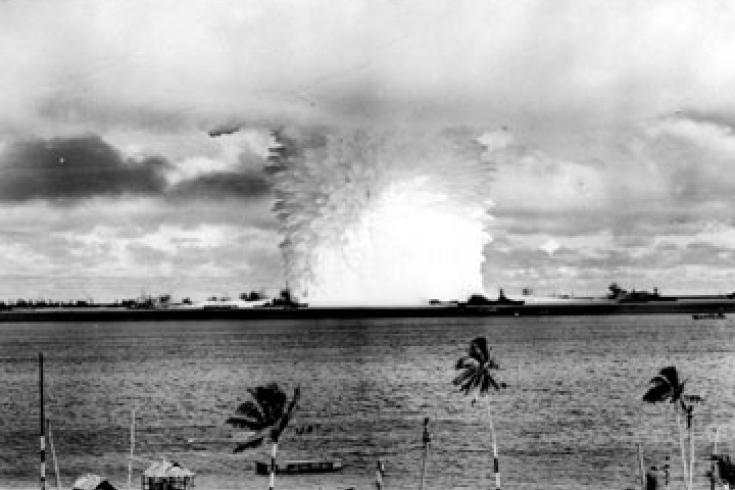CTBTO enhances cooperation
with Pacific States
with Pacific States
"Since 1998 the Pacific Islands Forum (PIF) has played an instrumental role in seeking to promote the CTBT."
"We strongly believe that it is a matter of national security that all of the Pacific Basin becomes truly 'nuclear free Pacific'."
Nuclear testing in Pacific Region

One of many nuclear tests conducted in the Pacific region: 'Baker', 25 July 1946, Bikini Atoll. Click to see clip.
Of the 32 States in the Treaty-defined region South-East Asia, the Pacific and the Far East, 19 have signed and ratified (green) and nine have signed.
5 Jun 2009